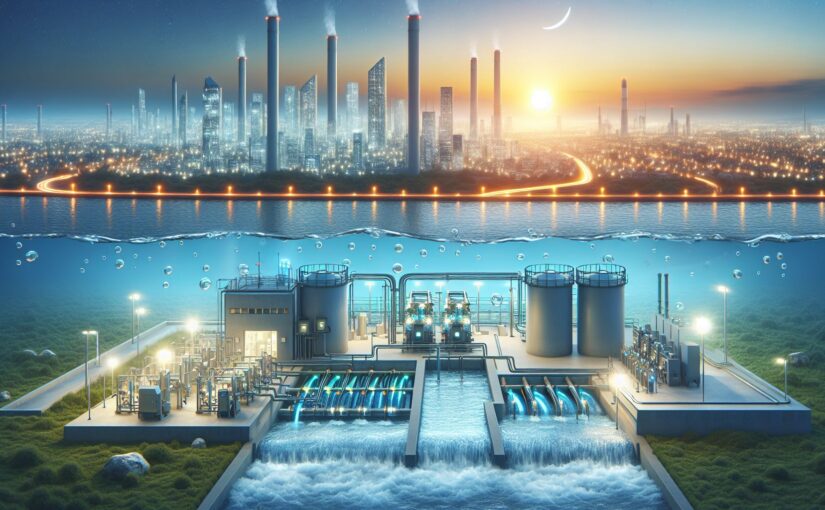In an era where the demand for sustainable and reliable sources of energy has become a great concern, avenues to harness and utilize unconventional sources like wastewater are being actively explored. Wastewater, a by-product of domestic, industrial, or commercial activities might be viewed as a waste product, but it has a hidden potential; it can be used to generate renewable energy. Yes, you read it right! Wastewater holds an unexplored treasure trove of renewable energy.
Harnessing Renewable Energy from Wastewater
For many years, the primary focus on wastewater had been on its treatment and eradication, with the primary intent being to protect the environment and human health. However, evolving practices in the field of environmental science and engineering have paved the way for the generation of bioenergy from wastewater. How is this possible?
This energy generation is thanks to a group of microorganisms known as ‘electrogenic bacteria’. These bacteria have a unique capability to consume organic substances in wastewater and convert these into particles, initiating an electrochemical reaction that can produce electricity. Currently, we have technologies like Microbial Fuel Cells (MFCs) and microbial electrolysis cells that can harness these microorganisms to generate renewable energy from wastewater.
Unleashing A Sustainable Source
The conversion process is not only efficient and safe but also has an added advantage: the energy generated is clean and renewable. This means the process of generation does not deplete natural resources and contributes to minimal greenhouse gas emissions. Additionally, the generation of energy from a waste product adds to waste management solutions, thereby making it an exemplary model of waste-to-energy conversion – a promising leap towards a greener and cleaner future.
Technological Advancements
Significant technological advances are fostering growth in this sector. Scientists are continually working on innovating and perfecting methods to maximize power output and efficiency. Microbial fuel cell technology is rapidly growing with potential applications including powering small devices, treating wastewater, and even being used in large scale power plants.
There’s also the factor of continuous improvement in the field of bioelectrochemistry, which has made the microbial generation of electricity not just viable but increasingly efficient. Future advancements are expected to enhance the scalability of these technologies and make them a mainstream source of renewable energy.
In conclusion, wastewater – previously considered a nuisance or a challenge – has emerged as a key player in the battle for renewable and sustainable energy. With the appropriate technology and infrastructure, wastewater holds the potential to be an incredibly significant renewable energy source in the near future.
Sources:
– Renewable Energy from Wastewater
– How does wastewater become energy?
– Sustainable Energy from Wastewater
